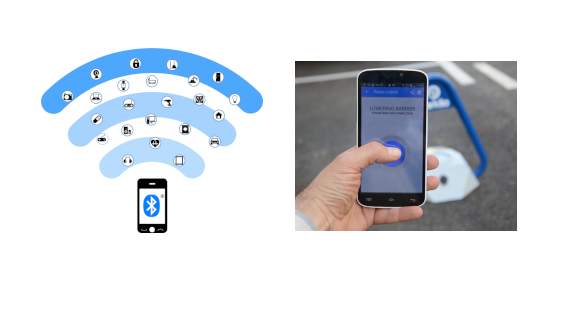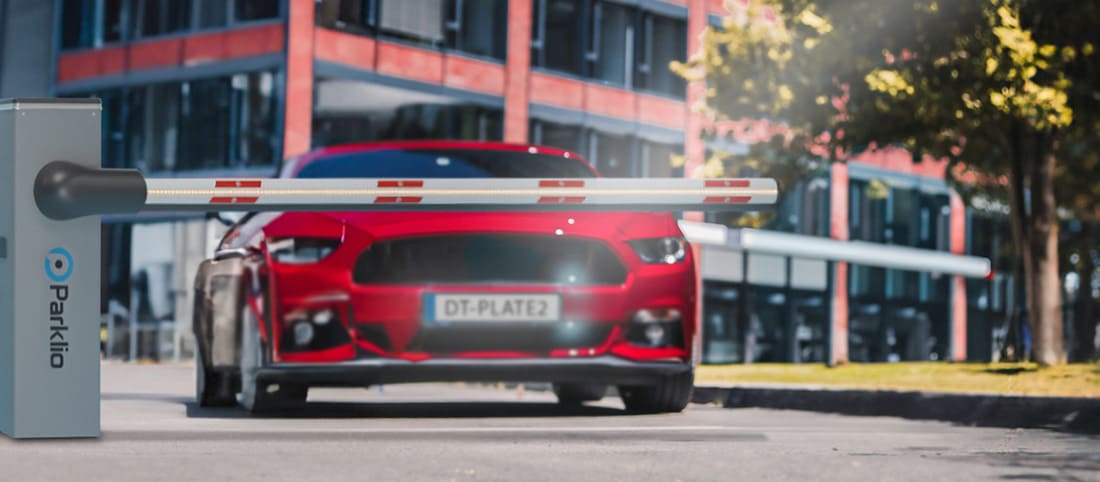Why use Bluetooth?
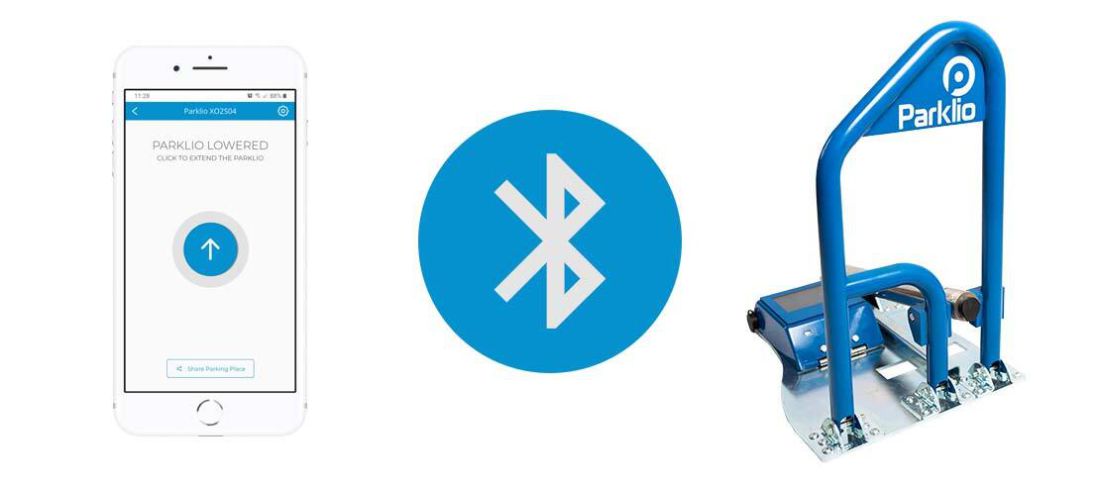
Bluetooth… it has been there almost forever… speaking of Bluetooth and smartphones your first thought is probably something like this:
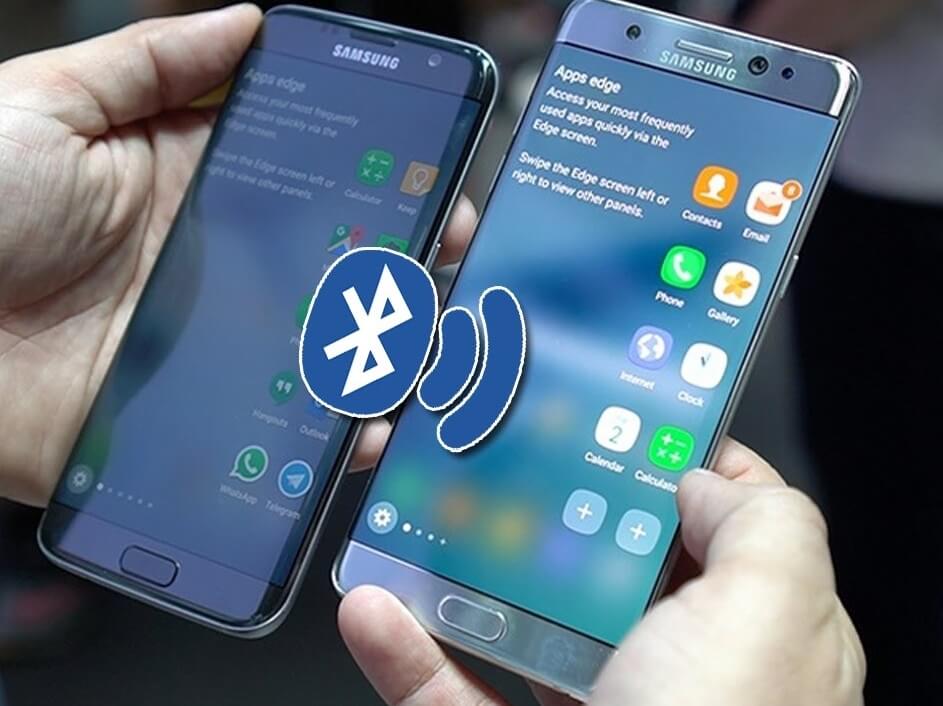
Sharing files via Bluetooth
The first models of smartphones with Bluetooth were used mostly to transfer the files between smartphones (you will also recall famous Infrared radiation calibration and file transfer which was the biggest competitor to Bluetooth in that segment :D). Many years later the Bluetooth has adapted to the market needs and evolved in almost a standard for any Smartphone. Bluetooth comes in many forms and shapes and in this article, we bring you the basic overview:
Bluetooth 1.0 – First Bluetooth enabled smartphone was Sony Ericsson T36. Besides low range (10 m) and low speed (1 Mbps) one of the biggest problems with this version was, as you probably guess it, connection…
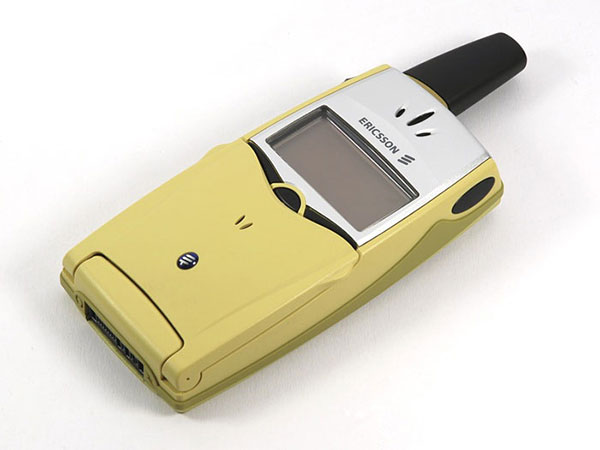
Sony Ericsson T36
Bluetooth 2.0 – The most important feature of this version was the implementation of the Enhanced Data Rate (EDR). This has enabled users to transfer up to 3 Mbps and it is important to emphasise that the power consumption was cut in half in contrast to Bluetooth 1.0 version.
Bluetooth 2.1 – Biggest novelty was the introduction of Secure simple pairing (SSP) which enabled much easier pairing.
Bluetooth 3.0 – This version brought speed to the Bluetooth world. With the assist of 802.11 Wi-Fi radio, the data speed went up to 24 Mbit/s.
Bluetooth 4.0 – Brings improved connectivity and range together with the low-energy protocol. This is where the era of Bluetooth Low Energy begins.
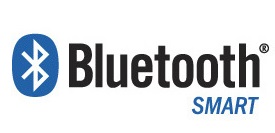
Bluetooth Low Energy
Bluetooth 4.1 – Bluetooth 4.1 version has minimum improvements on the hardware side, the software was adjusted to prepare the foundation for IoT devices.
Bluetooth 4.2 – In Bluetooth 4.2 devices are allowed to use Internet protocol version 6 (IPv6) and send data directly over the internet.
Bluetooth 5.0 – Often referred to as Bluetooth version on steroids, this version includes all benefits from the previous versions which includes speed, range and data capacity and eliminates the drawbacks of each previous versions.
Bluetooth made the biggest progress in 2010 with completing the Bluetooth Core Specification version 4.0 (Bluetooth Smart). The aim of this protocol was to enable low power applications powered just with a small battery call which has opened a gate for smartphones to interact with surrounding with minimum power consumption. Some of the most famous product based on that technology include wireless headsets, car Handsfree kit, Bluetooth speakers, Bluetooth printers and etc… (chances are that you will almost certainly have one of this product in your possession and they make a regular part of your mobile experience).
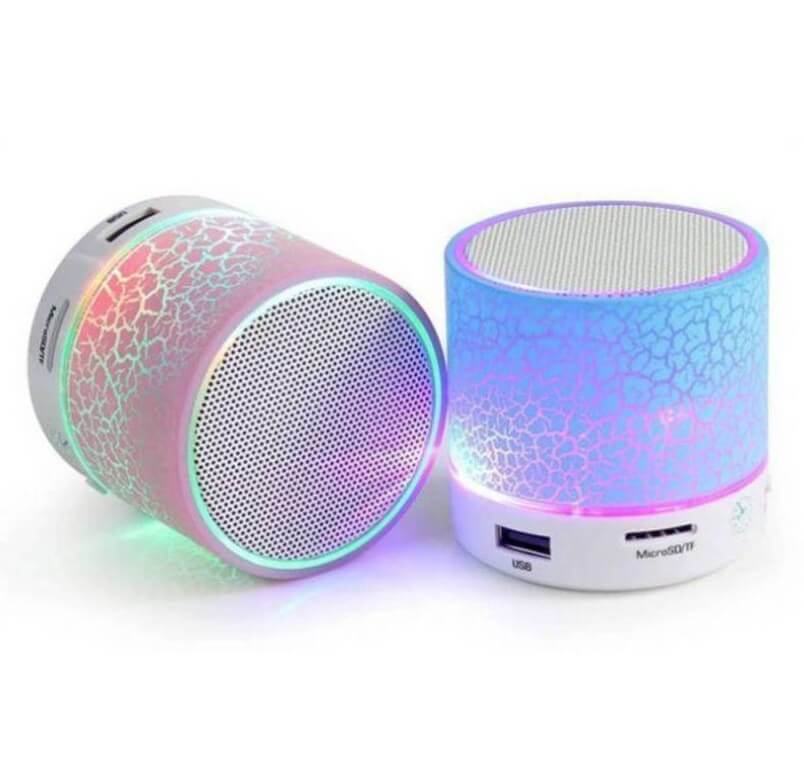
Bluetooth Device – wireless speaker
One of the products emerged from Bluetooth evolutions is the world’s smartest parking solution – smart parking barrier Parklio!
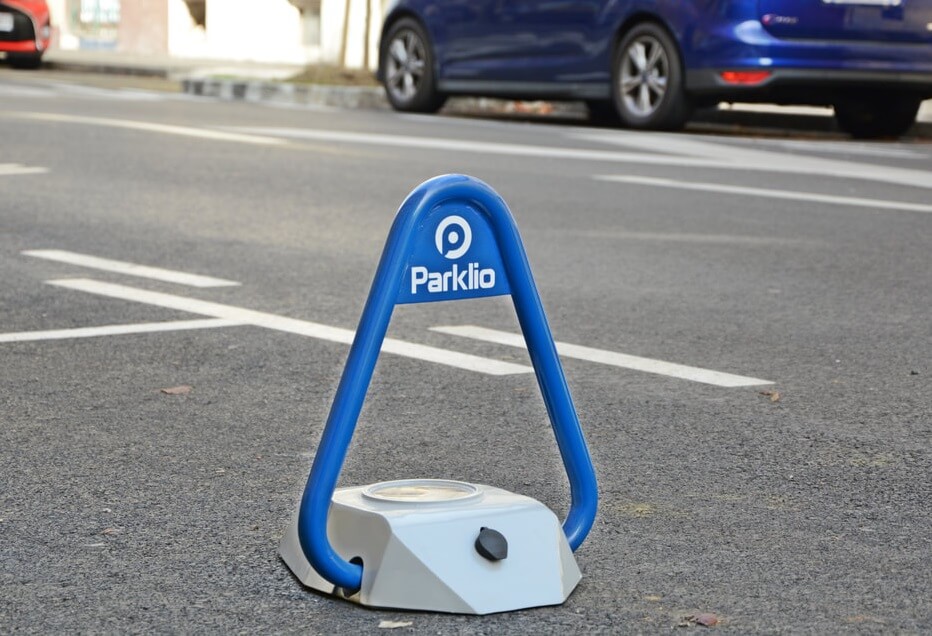
Parklio Smart Parking Barrier
In this article we will elaborate why is the Bluetooth (Bluetooth 4.0 +) still the best technology choice when it comes to low energy consumption devices, make comparison with other popular wireless technologies and give a concrete example why it was used in Parklio system.
Bluetooth vs Zigbee
Zigbee is a wireless communication protocol intended for personal networks with low energy requirements. It is used mostly for home automation and similar projects with smaller scopes.
In contrast to Zigbee, Bluetooth is a vital part of any smartphone today and this is the reason why Bluetooth is a better solution.
In example with Parklio, if we used Zigbee as a communication technology we would have to make a remote controller (with Zigbee) and control the barrier with it which makes no sense as smartphone control with Bluetooth is much cheaper and more user-friendly solution.
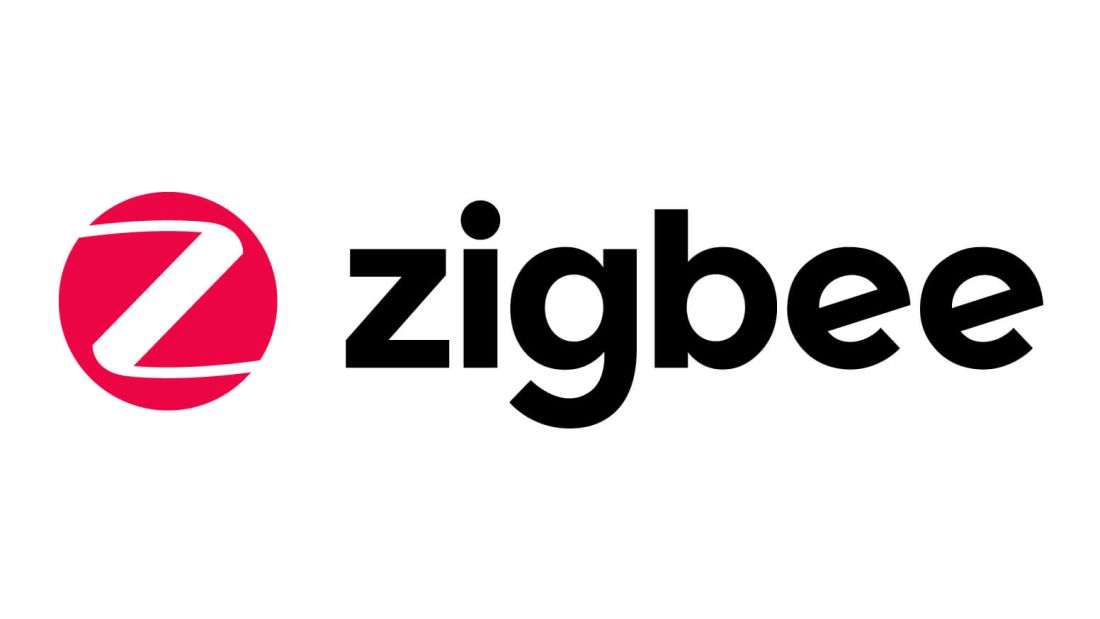
Zigbee
Bluetooth vs Z-Wave
Z-Wave is like Zigbee wireless communication protocol used mostly in smart home products and home automation. Both Z-Wave and Zigbee have mesh network communication which means there is no central hub, each device in the network can pass the signal to any other device in the network.
Z Wave is a much more reliable, has more interoperability options and higher signal, Zigbee’s only advantage is less power consumption.
Arguments and example for Bluetooth vs Z-Wave are the same as in the previous paragraph where we compared Bluetooth with Zigbee.

Z-Wave
Bluetooth vs Wi-Fi
Together with Bluetooth, Wi-Fi is the most popular standard for wireless communication. Wi-Fi is a much faster and reliable network with higher signal rates, but it is also consuming much more energy. Wi-Fi connects the device to the central router thus enabling internet connection and this is where Bluetooth fills the gap – no need for the central router in order to operate and lower energy consumption.
If we wanted to use Wi-Fi in Parklio, we would need to have constant power supply and router nearby. Bluetooth is a much more convenient solution.

Wi-Fi
Bluetooth vs 4G
LTE is a mobile communication standard. If you are not connected to the WIFI chances are that you are reading this article connected with 4G network. Devices connected with base stations (which you can find all over the city) enable 4G communication. Depending on your location and proximity to these stations your signal strength may vary. In order to use the 4G you need to have SIM card provide by some of the mobile network operators which are in charge of the infrastructure of the previously mentioned devices. 4G consumes even more energy than WIFI but also has much bigger coverage.
If we wanted to use 4G in the Parklio we would need to have constant power supply and a SIM card (this also represents a monthly cost) and benefits of Bluetooth are obvious – cost and power consumption. Parklio is operated within 10-20 meters of distance and therefore signal coverage is not an important usage aspect.
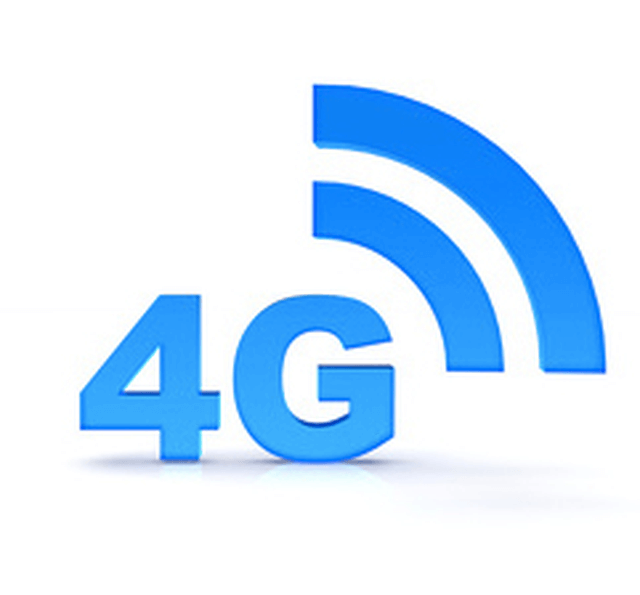
4G
Bluetooth vs NB-IoT
NB-IoT is a Low Power Area Network developed especially to enable a wide range of cellular devices and services. Like in 4G, SIM card is necessary to make it work but NB-IoT has much lower power consumption and lower cost in contrast to 4G. It is also important to emphasise that NB-IoT has strong indoor penetration.
Here come the drawbacks of this technology – network availability. The whole concept is still new and there are not many networks available (Europe wise). Energy consumption is low, but only in a scenario where NB-IoT device is sending data which makes it great for the sensor.
Parklio requires 2 ways communication (Parklio-smartphone and smartphone-Parklio) and together with network unavailability, Bluetooth is still a better solution for this scenario.

NB-IoT
Bluetooth vs NFC
NFC is an abbreviation for Near Field Communication and most likely you have heard about it implemented in control access solutions and payment solutions. The whole system is fairly simple, there are two elements active and passive one (this one requires no power supply) and when the two get near each other (the electromagnetic field is activated) they transfer data with no need for pairing which makes this almost the most user-friendly solution on the market. The reason why this technology is not implemented in Parklio are obvious, the user would have to get out of the car each time with his NFC card and open the barrier. Although NFC is more user-friendly, Bluetooth has a much bigger range.

NFC
Bluetooth vs SigFox
French company Sigfox stands behind wireless network Sigfox which should be a cheap, reliable solution to connect sensor and devices in one network with low power consumption. Similar to 4G Sigfox uses base stations to communicate and based on the location of the device (proximity to base station). You can not use Sigfox in places where there are no Sigfox base stations and therefore Bluetooth is still a better solution because it enables operation regardless of user location and that is the reason it is being used in Parklio instead of Sigfox.

SigFox
Bluetooth vs Lora
Lora is a wireless technology which provides reliable, long range and low power solution. The main difference between Lora and Sigfox is that Sigfox controls the base stations while in Lora anyone can set up their own network with simple Lora gateways. Biggest problem Lora is facing when it becomes mainstream how will the system work with hundred od gateways and thousands of devices in a wide band on a limited geographical area? Interferences and latency are inevitable.
Bluetooth is a proven technology and can handle the “popularity” which Lora has yet not proven.

LoRa
Hopefully, we have brought you closer to a Bluetooth world and showed with a concrete example why this is still one of the best wireless technologies and best solutions for product like Parklio.
